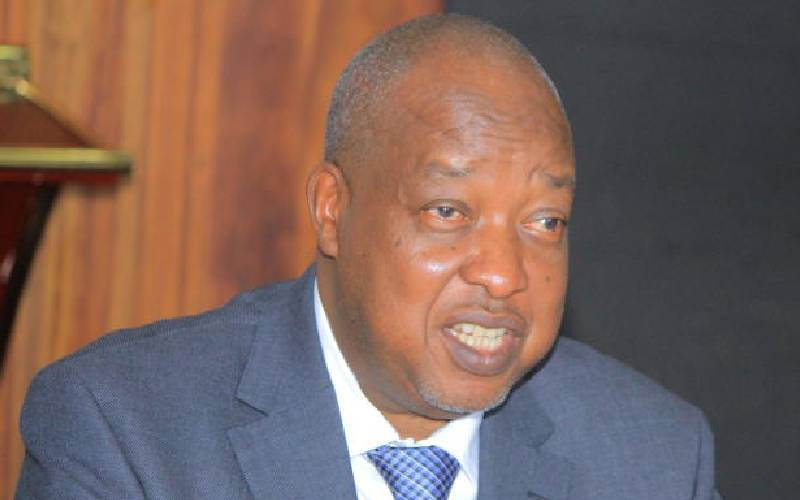By NAFTAL MAKORI
KENYA: Some farmers in Nyamira County have discovered the potential of cassava growing for commercial purposes.
Mrs Consolota Odiwour, a retired teacher says the cost of growing cassava is less as compared to maize.
“I have grown cassava for the last three years and I use it for cooking chapatis, mandazi, cakes, donuts and chips,” she explains.
She says she obtained the seed from Siaya County where cassava is popular.
Odiwour is the chairperson of Basii Community Based Organisation, which trains local farmers on value addition to their produce.
She argues that unlike maize, growing cassava is easier since minimal routine management practices are required between planting and harvesting. The crop requires neither fertilizer nor chemicals.
The Basii organisation learnt of value addition from Furrow CBO, a similar group based in Nyakach that sells cuttings and recently made Sh235,000 from sales.
The cutting is used for vegetative propagation of cassava. Farmers cut the stems into small sizes of about 10 inches and each piece goes at one shilling.
A bug in parts of Rift Valley and Nyanza last year led to farmers incurring massive losses from maize. Agriculture experts are now promoting production of alternative crops like cassava and sweet potatoes.
Alleviate hunger
Food and Agriculture Organisation (FAO) is touting cassava production since it has huge potential to alleviate hunger, rural poverty and contribute to national economic development. The crop is voted as resilient to harsh weather such as drought.
FAO recently published an environmentally friendly farming model for cassava production and its potential as a crop of the 21st century has been reported.
The model has led to increase yields by over 400 per cent. For many years, the crop has be regarded as a crop for the poor but now it is being promoted as a better option only second to maize.
Recently, FAO published a field guide for the Save and Grow application for cassava where it was noted global production has increased by over 60 per cent since year 2,000 but it would be accelerated further if policymakers realized the crop’s huge potential. The guide seeks to discourage inputs-intensive approach that was popular in the last century’s Green Revolution. Experts are now opposing such approach because it leads to destruction to the natural resource base and increase in greenhouse gas emissions that are responsible for climate change.
Stay informed. Subscribe to our newsletter
The save and grow approach leads to improved soil health since chemicals are never used. Soil disturbance is limited since conventional tillage is characterised by continuous ploughing, which is discouraged.
The model promotes maintenance of a protective cover of vegetation over soil to reduce moisture lose.
It further promotes mixed cropping, crop rotation and encourages integrated pest management by use of disease free planting materials and pests’ natural enemies.
 The Standard Group Plc is a
multi-media organization with investments in media platforms spanning newspaper
print operations, television, radio broadcasting, digital and online services. The
Standard Group is recognized as a leading multi-media house in Kenya with a key
influence in matters of national and international interest.
The Standard Group Plc is a
multi-media organization with investments in media platforms spanning newspaper
print operations, television, radio broadcasting, digital and online services. The
Standard Group is recognized as a leading multi-media house in Kenya with a key
influence in matters of national and international interest.
 The Standard Group Plc is a
multi-media organization with investments in media platforms spanning newspaper
print operations, television, radio broadcasting, digital and online services. The
Standard Group is recognized as a leading multi-media house in Kenya with a key
influence in matters of national and international interest.
The Standard Group Plc is a
multi-media organization with investments in media platforms spanning newspaper
print operations, television, radio broadcasting, digital and online services. The
Standard Group is recognized as a leading multi-media house in Kenya with a key
influence in matters of national and international interest.








